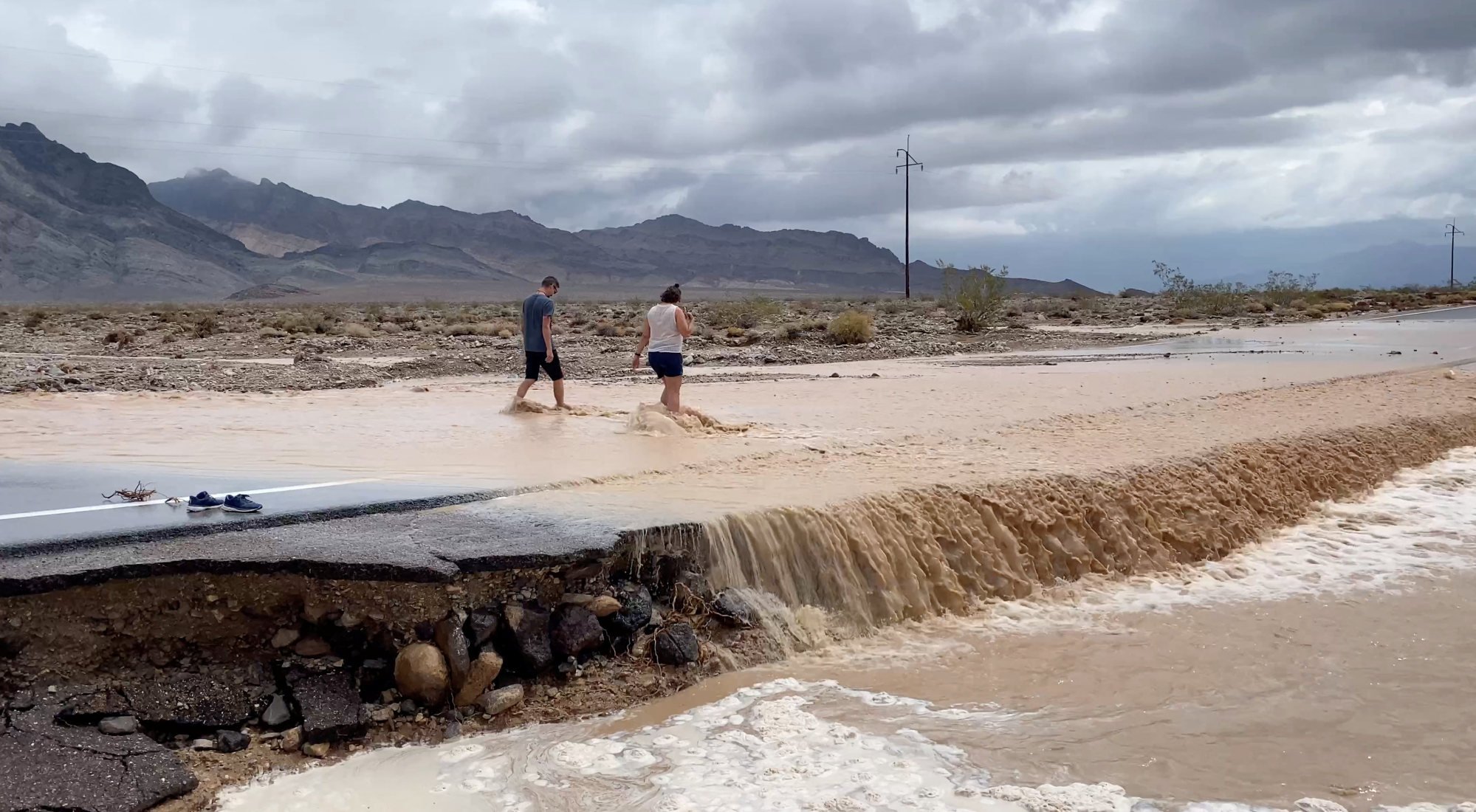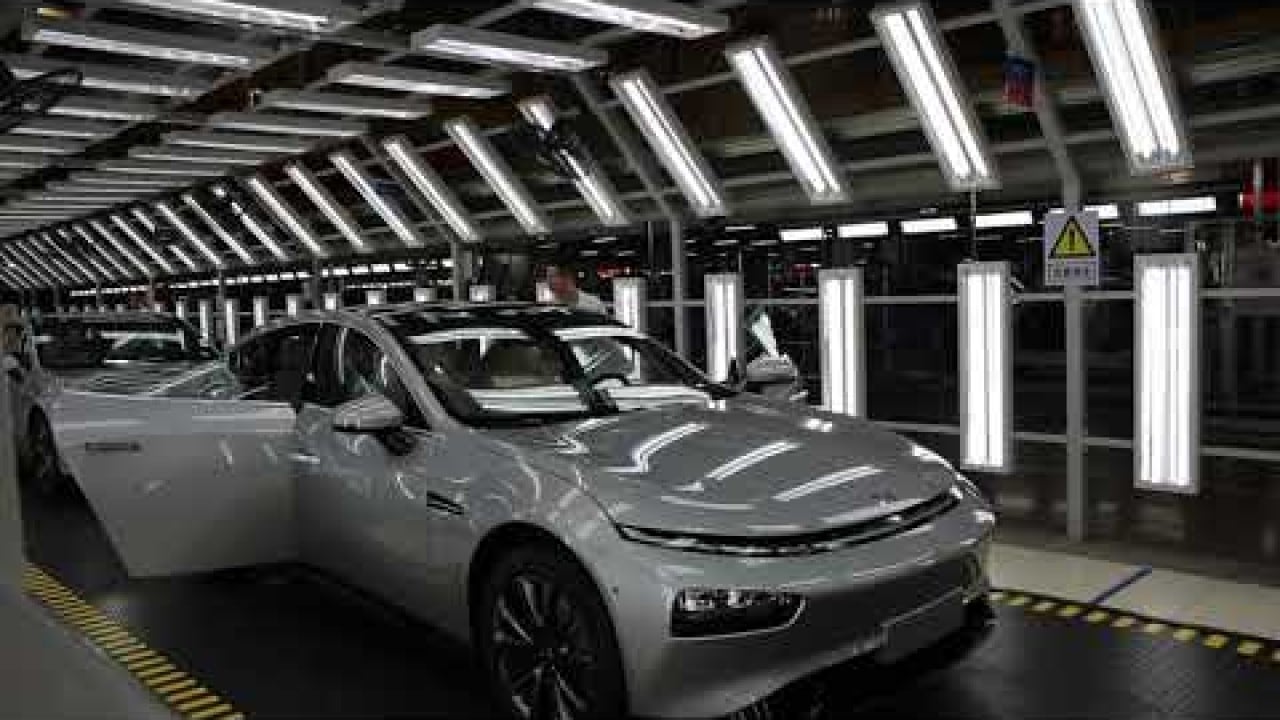
How a circular economy will let the world fight climate change and ensure growth
- The degrowth movement is gaining popularity, but neither people nor countries are ready to stop consuming in the name of the environment
- Instead, we can use the power of economic incentives to dramatically alter the type of growth going forward and still head off climate change
A small percentage of people, mostly in richer nations, might migrate towards the less-is-more appeal of degrowth. It promises clarity of purpose and the tidiness of a simpler life, much like the tiny house movement has done for living lightly in small places. If everyone consumed less, the reasoning goes, the world would be better off.
Muji, Marie Kondo, and Asia’s tiny house movement
But the world can’t rely on personal restraint turning mainstream any time soon. Attempts by nations to impose a slower growth model and the loss of jobs that would entail would meet stiff political resistance.
The overarching principle should be to use the power of economic incentives to dramatically alter the type of growth going forward rather than trying to force lower consumption overall.
A circular approach to economic development where carbon reduction is matched with new ways of producing, storing and recycling goods is hardly radical. Academic courses are being taught at leading universities such as MIT and Cambridge.
Individual companies that prove their own carbon-negative footprint could receive preferential tax breaks. Investment in early-stage technology that reduces atmospheric carbon levels, increases battery life and storage capabilities and reduces the cost of recycling can also be encouraged.
Whichever countries take the lead in this new approach to doing business will benefit in many ways. Their companies will gain a technological and competitive edge on their peers. Workers will gain advanced skills and reap higher wages. More importantly, the worst of climate change could be averted when economic activity is harnessed towards the singular global goal of carbon reduction.

Climate change is making diseases worse and more prevalent. Floods that happened once in 1,000 years are becoming more frequent, and the risks of a mega flood affecting most of California have gone up considerably. The damage could surpass US$1 trillion if it is as bad as estimates suggest.
Imagine the costs to economic output and individual lives if the droughts, fires and floods that have ravaged communities across the world this summer become the norm. The current ways of doing business are simply not sustainable.
Curbing the desire for more consumption is out of reach at mass scale. Rather than turn our backs on progress for some idealised notion of a simpler world, solutions that harness the power of regenerative economics can significantly reduce atmospheric carbon. Growth is still possible as long as it is done in a responsible way.
Brian P. Klein is founder of RidgePoint | Global, a strategic advisory firm. He is a former US diplomat



